- Antipasti
- Bella Italia
- Dessert
- Drinks
- Favorite Italian recipes
- Main courses
- Pasta
- Pizza
- Side dishes and salad
- Tips & Knowledge
Polenta recipe from Italy
Polenta, you golden yellow corn dream! The recipe for creamy, filling polenta is absolutely simple! All you have to do is stir vigorously!
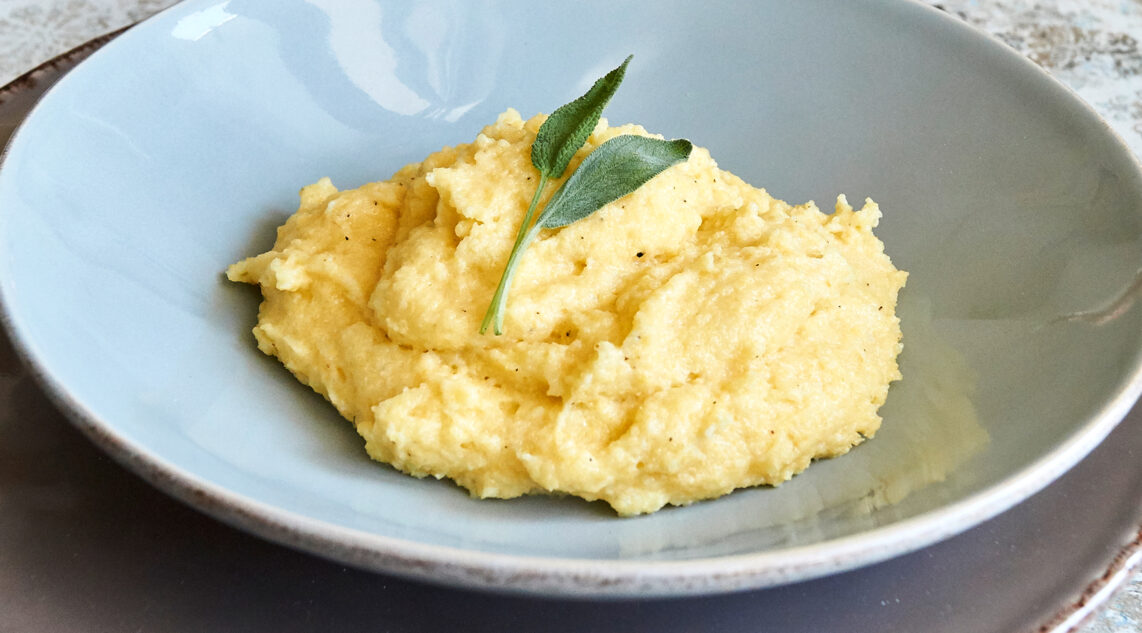
- 250 g fine corn semolina
- 1 L Water
- 2 TL Salt
- 1 EL Butter
- 2 EL grated parmesan
- 1 Shot of milk
Schritt für Schritt durch´s Rezept
- Step 1Salt the water and bring to the boil.
- Step 2Add the milk and reduce the temperature.
- Step 3Gradually stir in the corn semolina with a large wooden spoon.
- Step 4Cook the polenta over a low heat for 30 minutes. Stir every few minutes so that nothing sticks to the bottom.
- Step 5Shortly before the end of the cooking time, stir in the butter and season the polenta with the Parmesan.

What exactly is polenta?
Polenta is a golden yellow porridge that is cooked from ground corn, i.e. corn semolina. Water, milk and sometimes cheese are added. This once poor man’s food experienced an astonishing rise to delicacy in Michelin-starred restaurants a few years ago.
Polenta tips
- Use a pot with a thick base to prepare the polenta!
- You can shorten the cooking time by buying pre-cooked corn semolina or polenta flour.
- Always stir in one direction only when cooking. This prevents lumps from forming.

Polenta is typical of northern Italy
A kind of polenta equator runs through Italy: polenta is only eaten in the northern Italian regions. For example in Piedmont, Lombardy, Friuli, Veneto and Trentino. There, the dish is one of the cornerstones of the cuisine. The southern Italians therefore lovingly mock the northern Italians as “polentoni”!
However, this was not always the case, as corn only arrived in Europe with the explorers of South America from 1650. At that time, porridges made from ground broad beans, chickpeas or buckwheat were served. Corn very quickly replaced all of these ingredients. Corn polenta became commonplace.
There are still three types of polenta in Friuli today: yellow polenta, white polenta made from light corn flour and black polenta made from buckwheat. The latter is mainly served with butter or anchovies, while corn polenta goes very well with grilled and baked fish. The yellow polenta is the most versatile.
Corn is called granoturco in Italian – Turkish corn, because corn was imported and came to Venice by ship.
Polenta stesa and variations
For polenta stesa, the cooked maize porridge is placed on a moistened wooden board, spread flat and topped with sausages, tomato sauce or meat ragout. The wooden board is then placed in the middle of the table and all the diners help themselves with their forks.
Polenta also tastes very good if it is first allowed to cool, then cut into slices and fried in a pan.

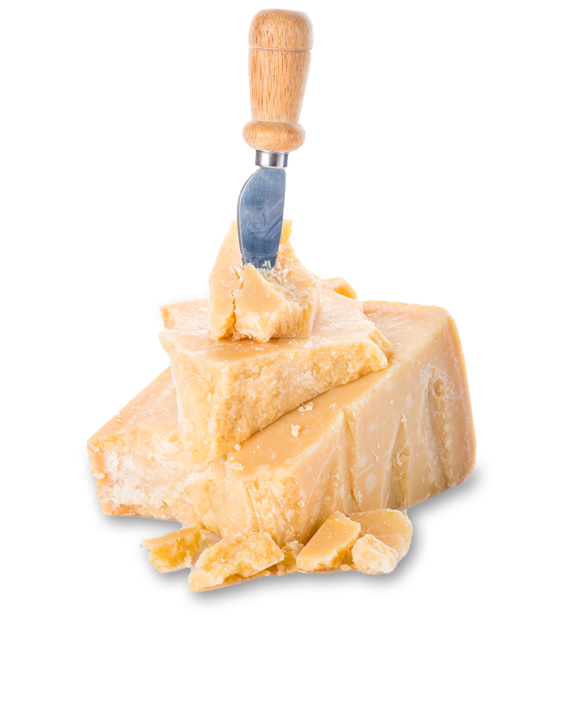





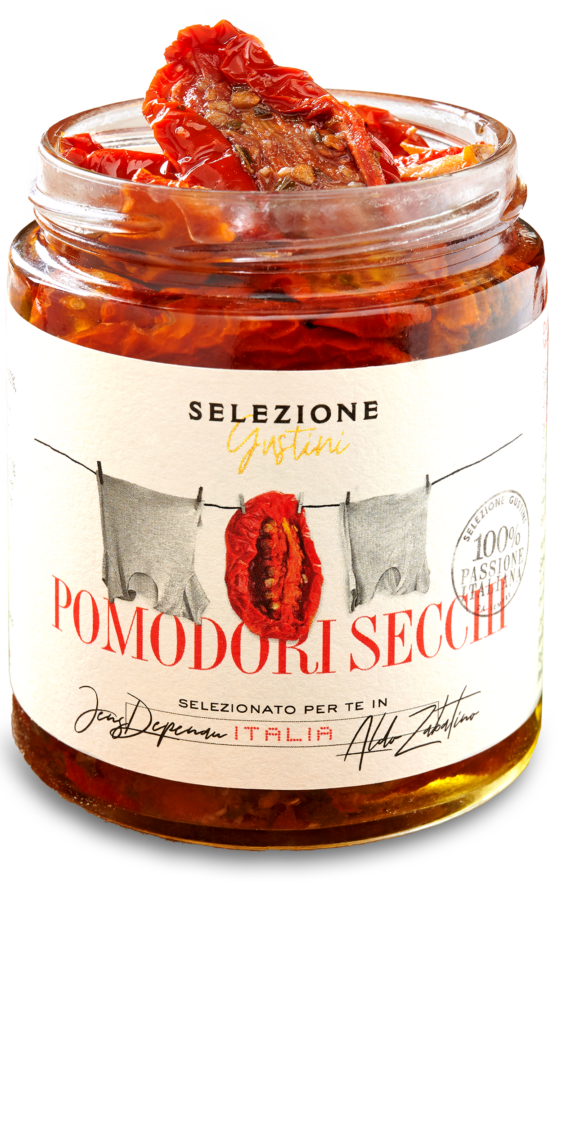
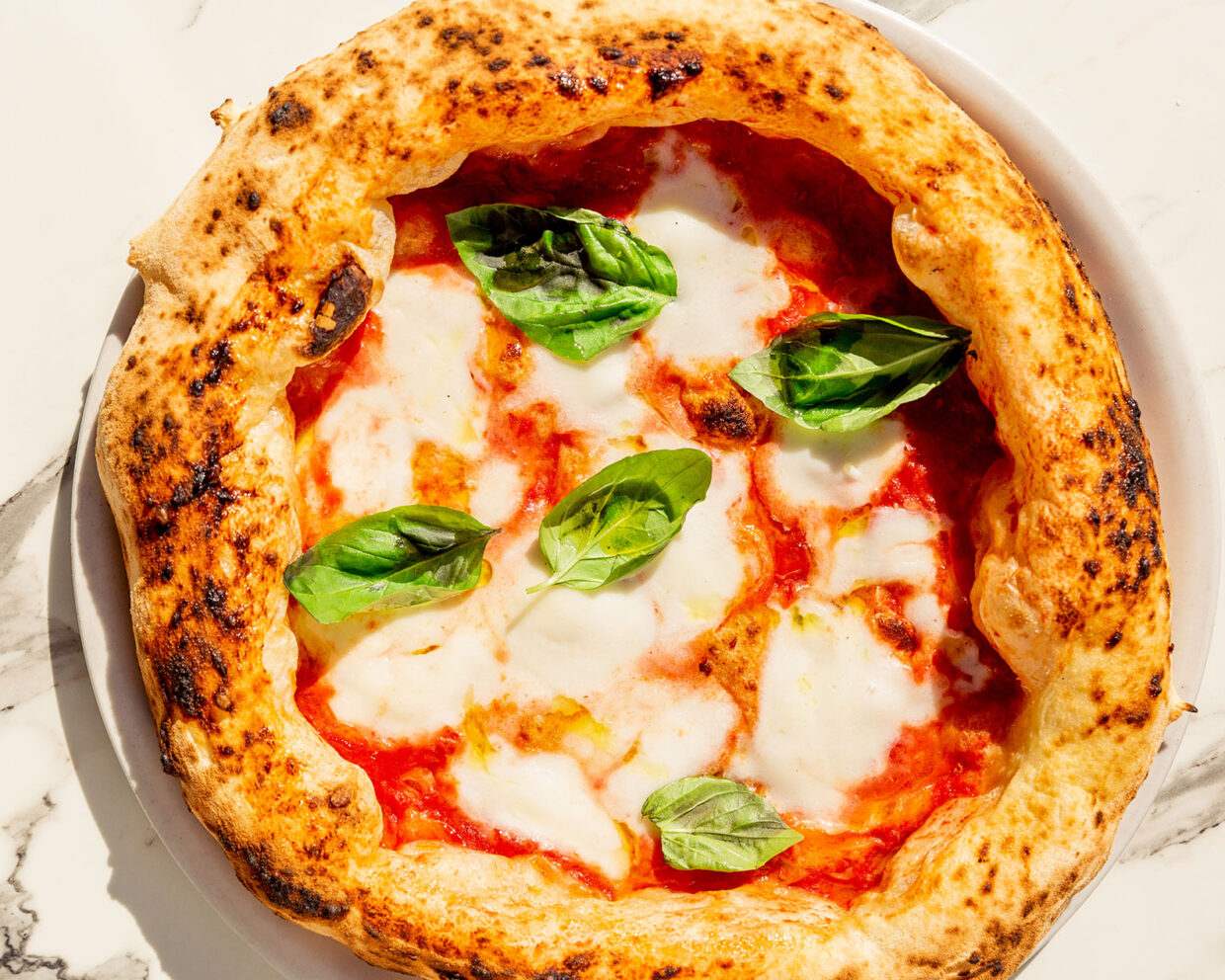
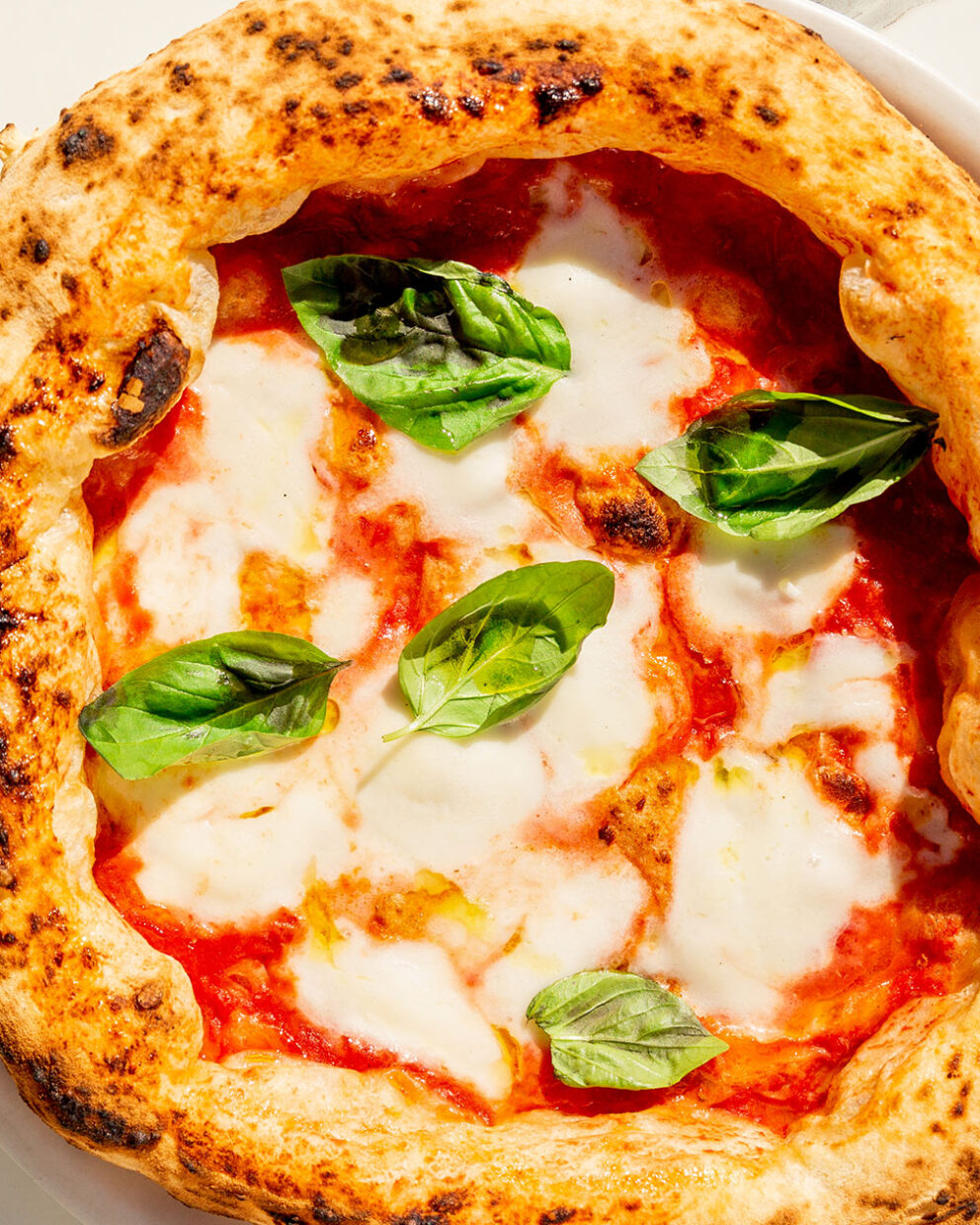
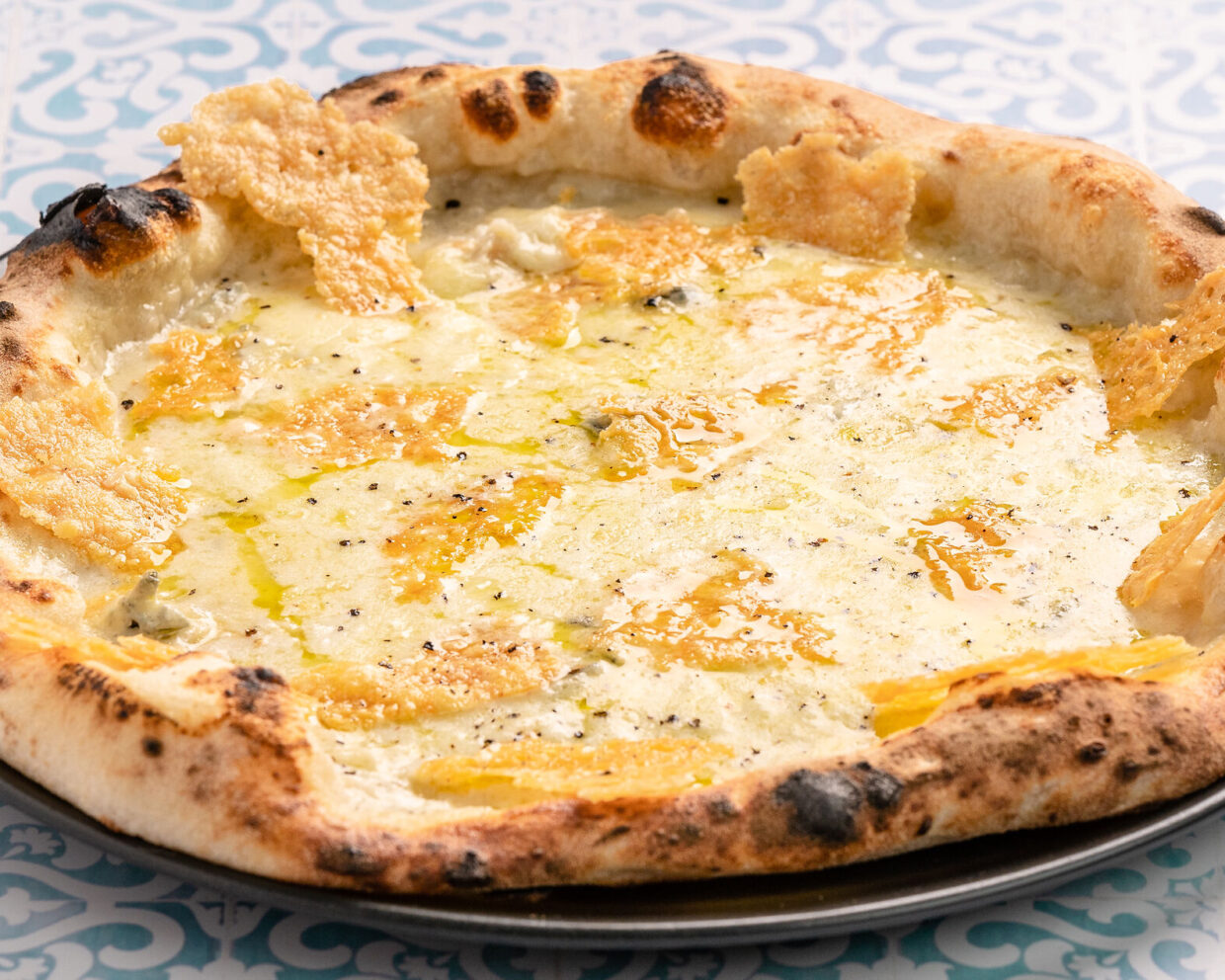
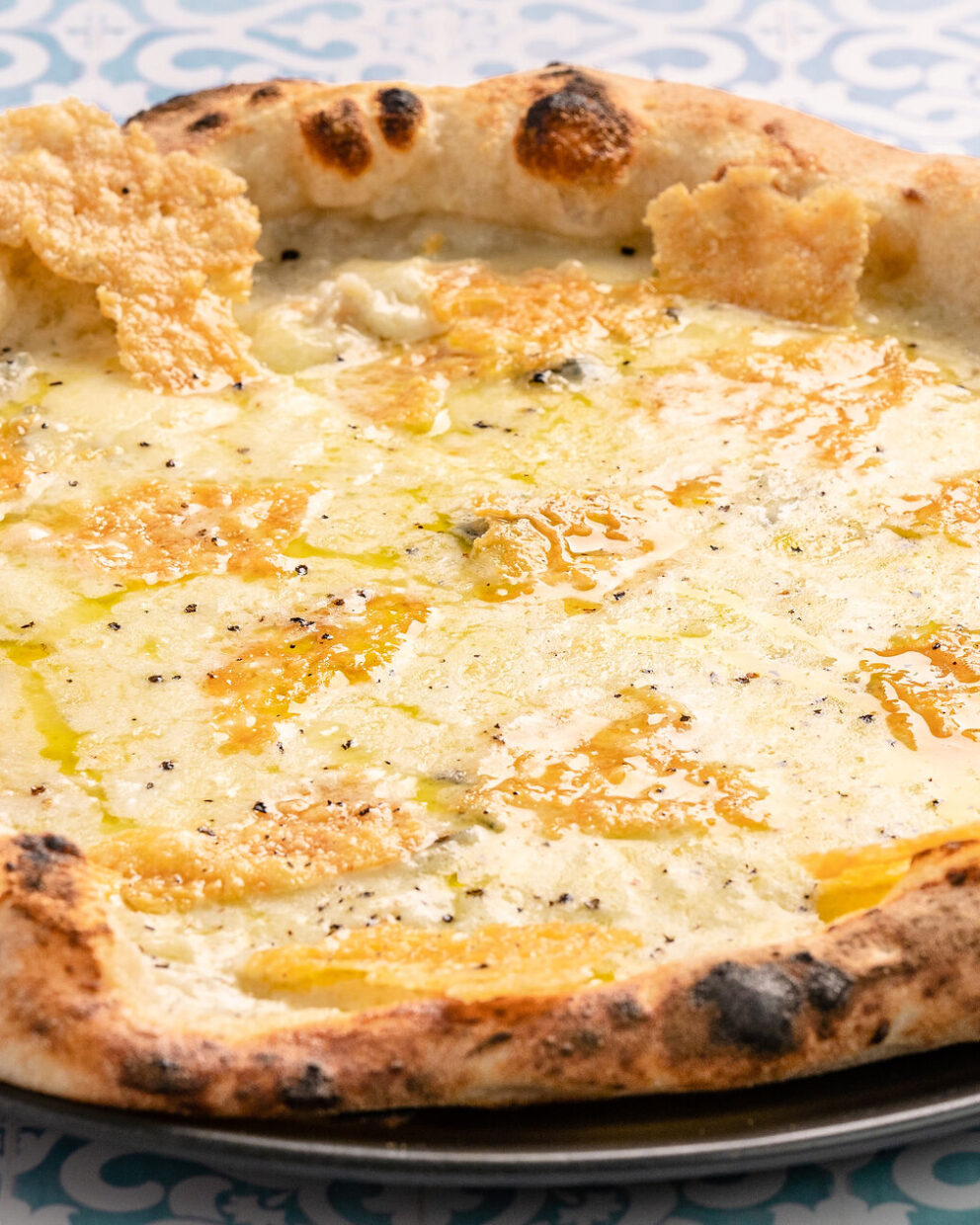
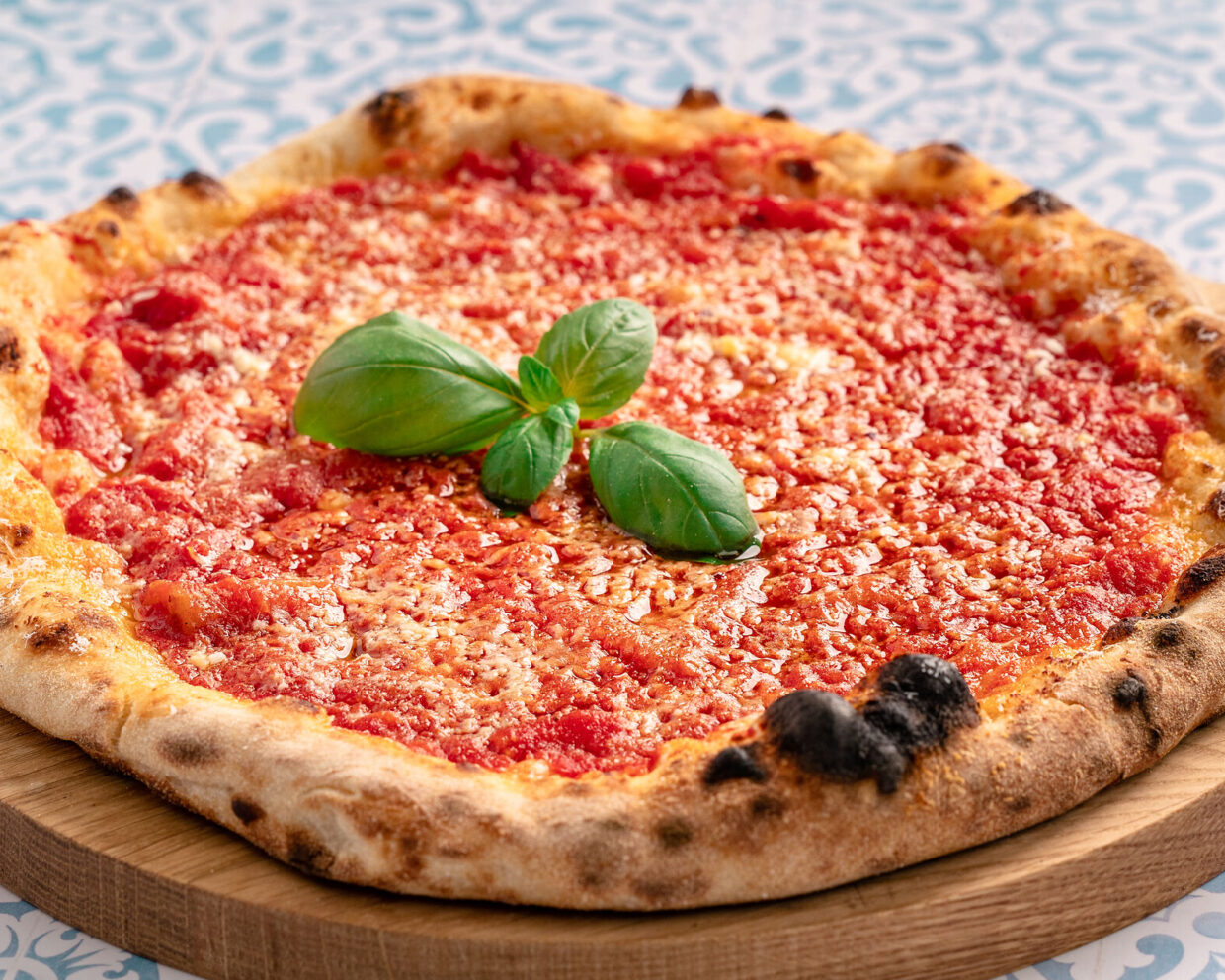

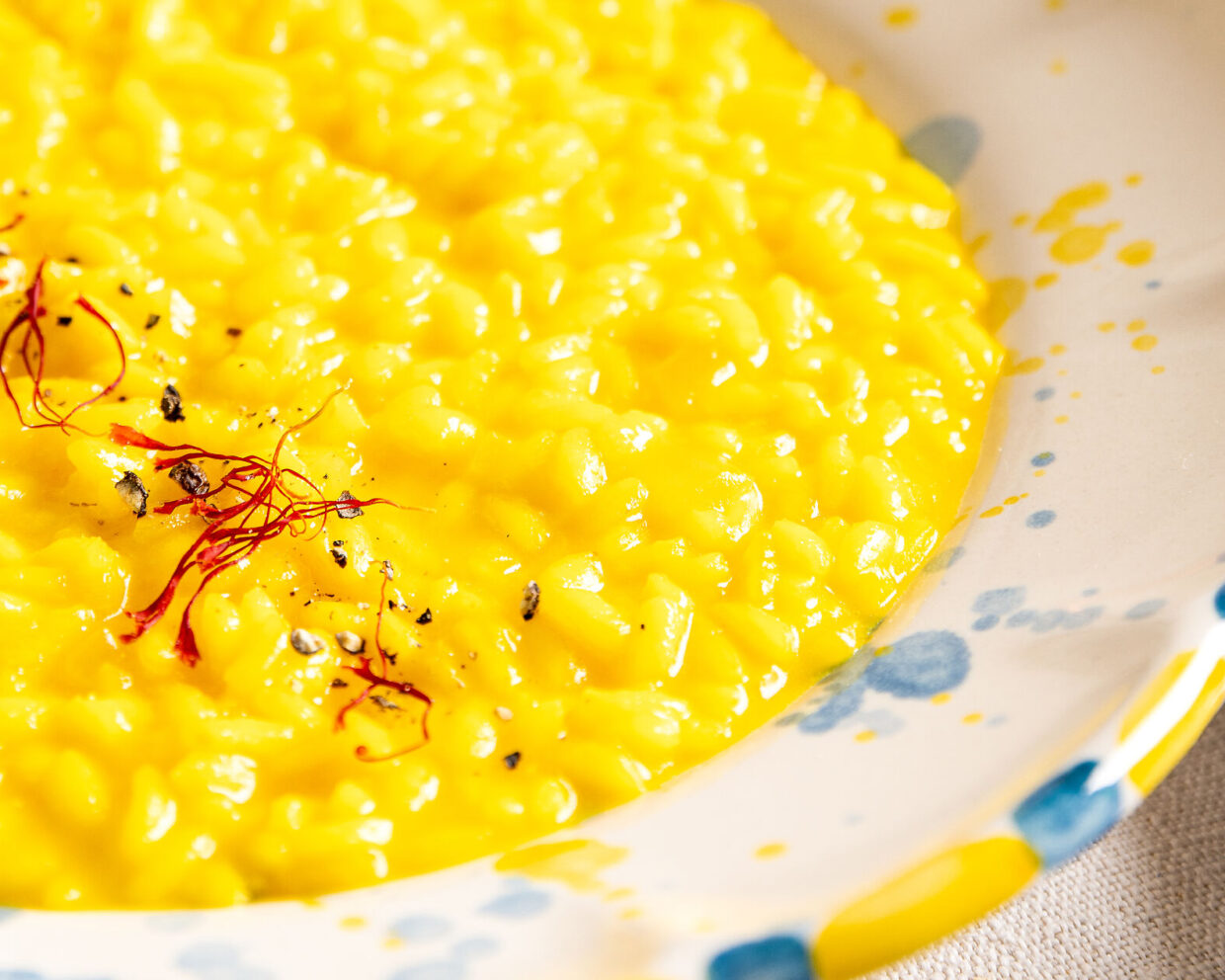
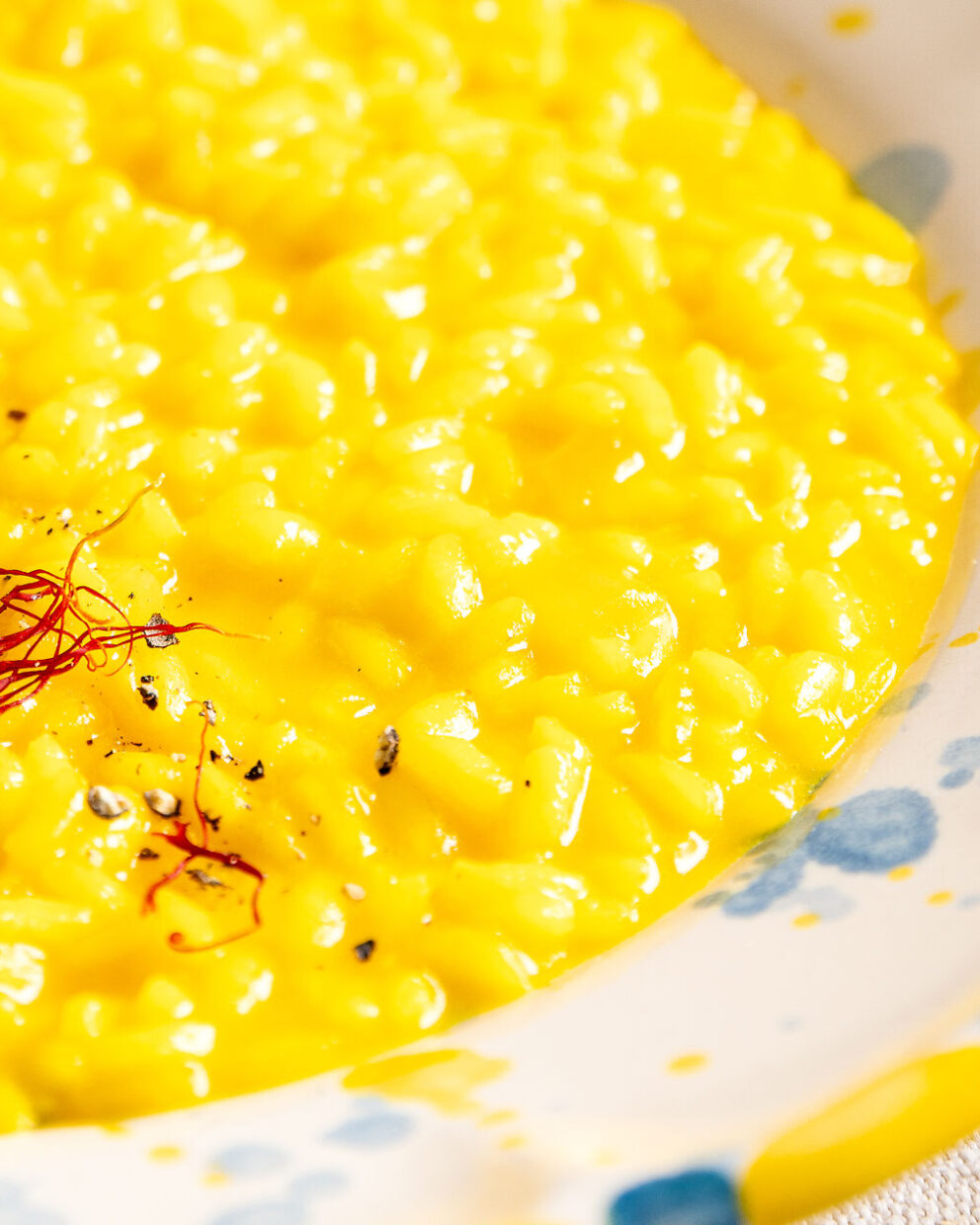
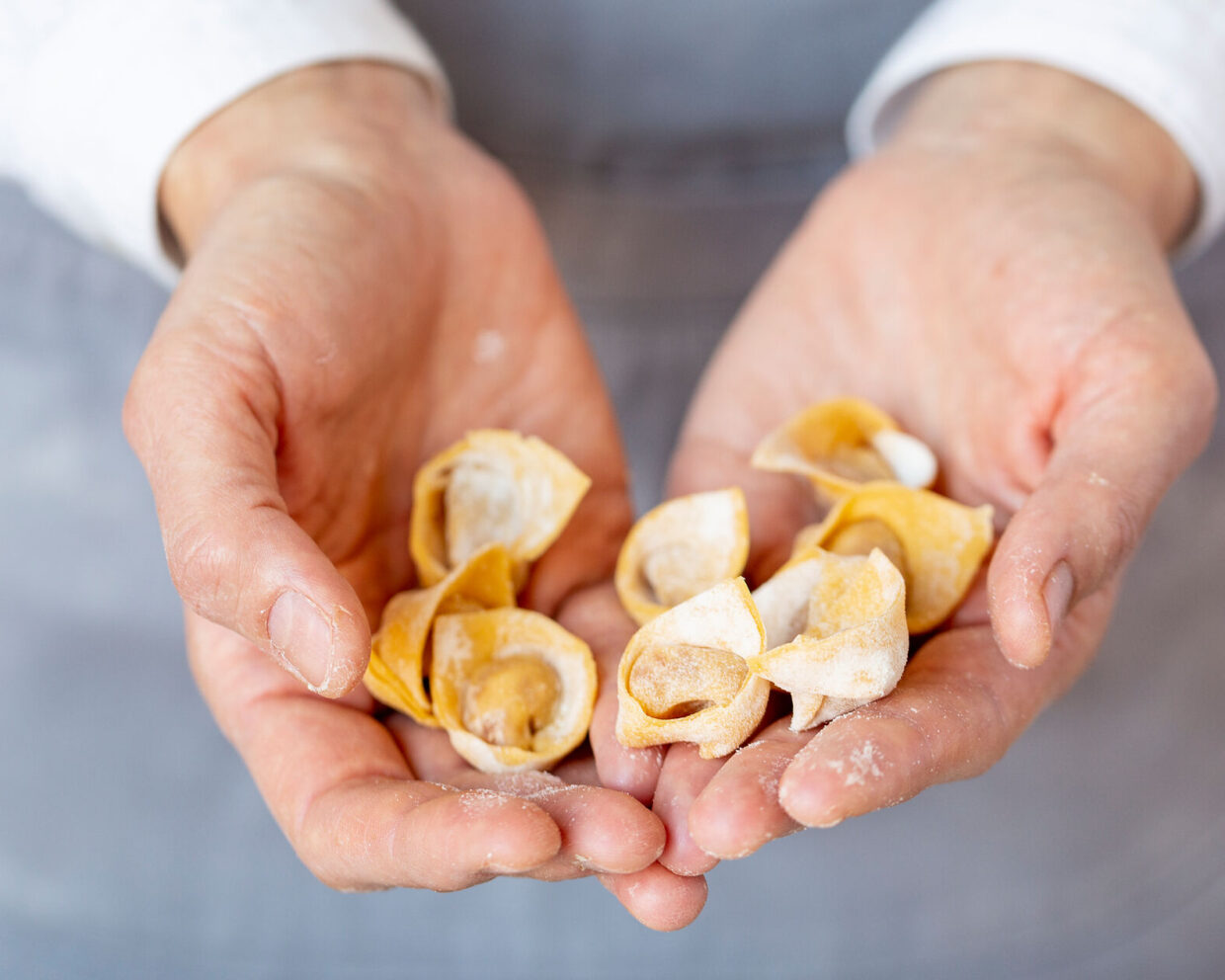
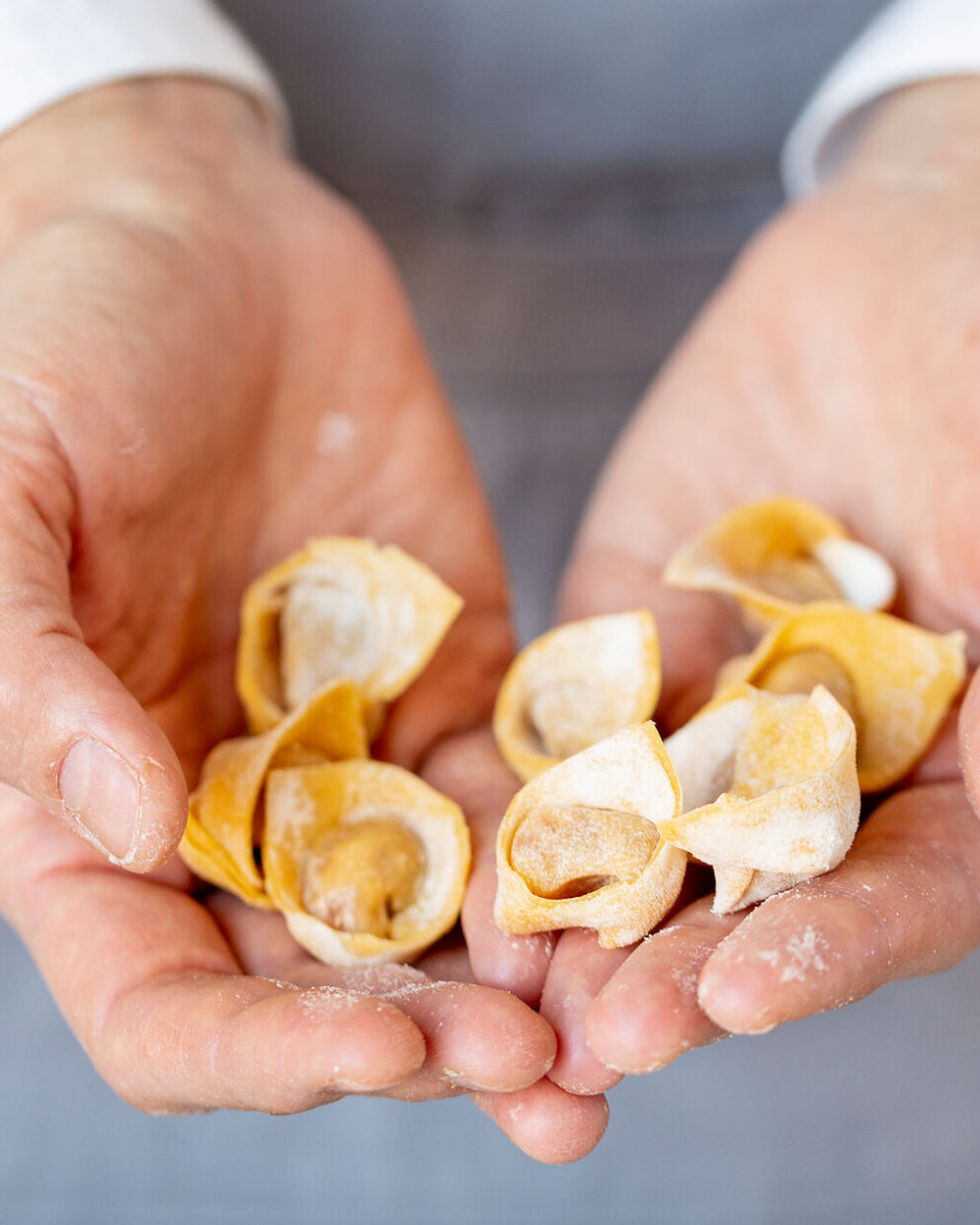
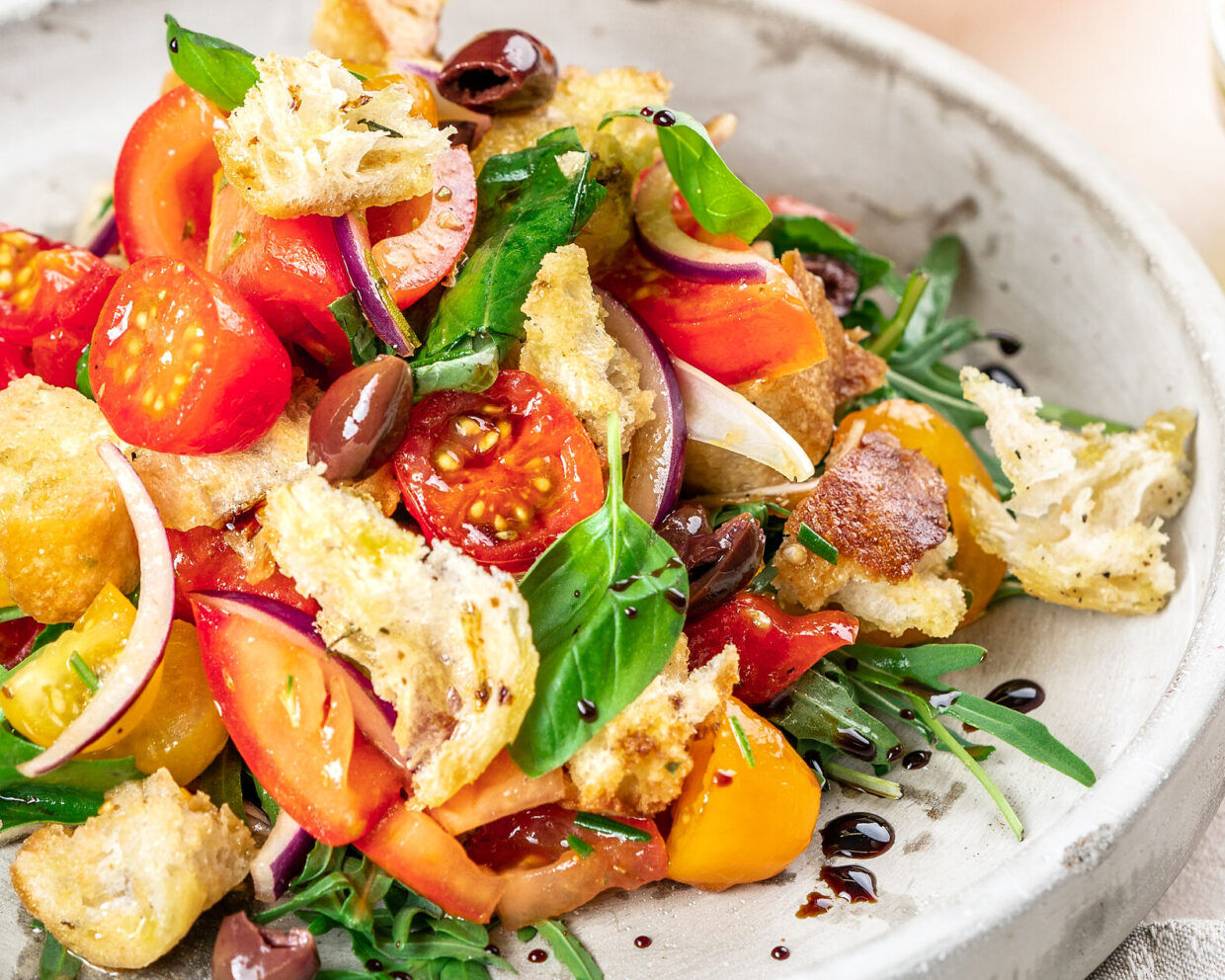
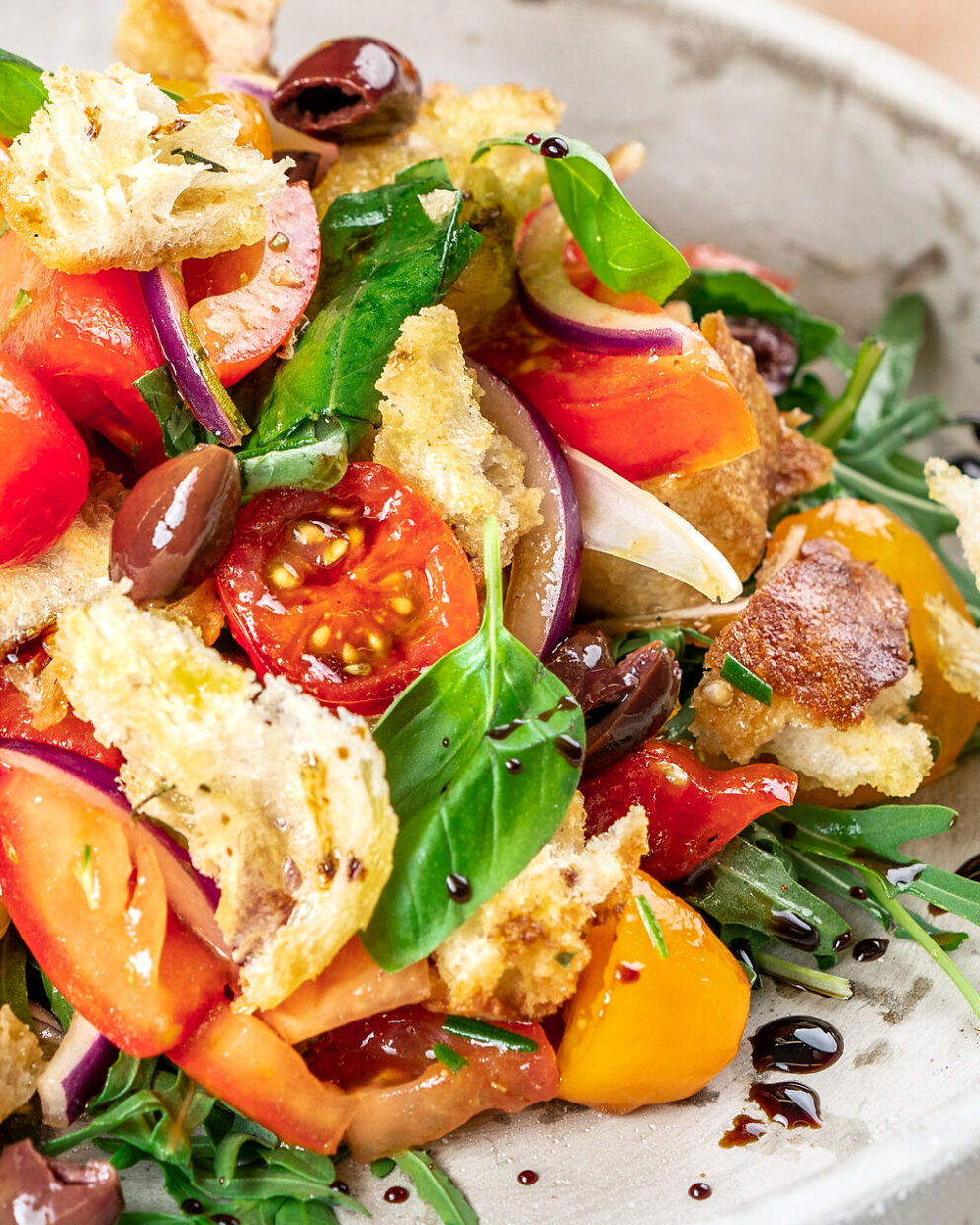
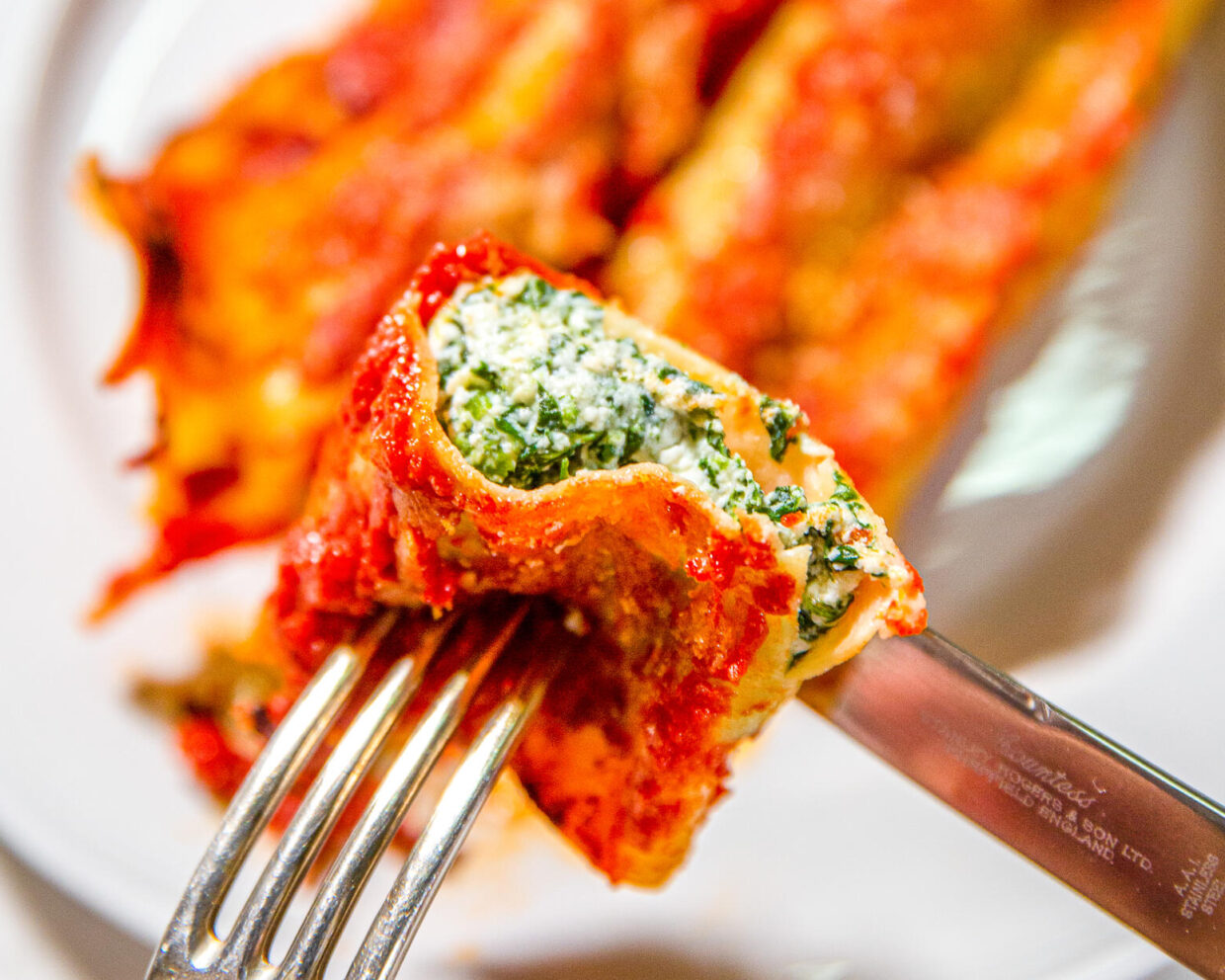
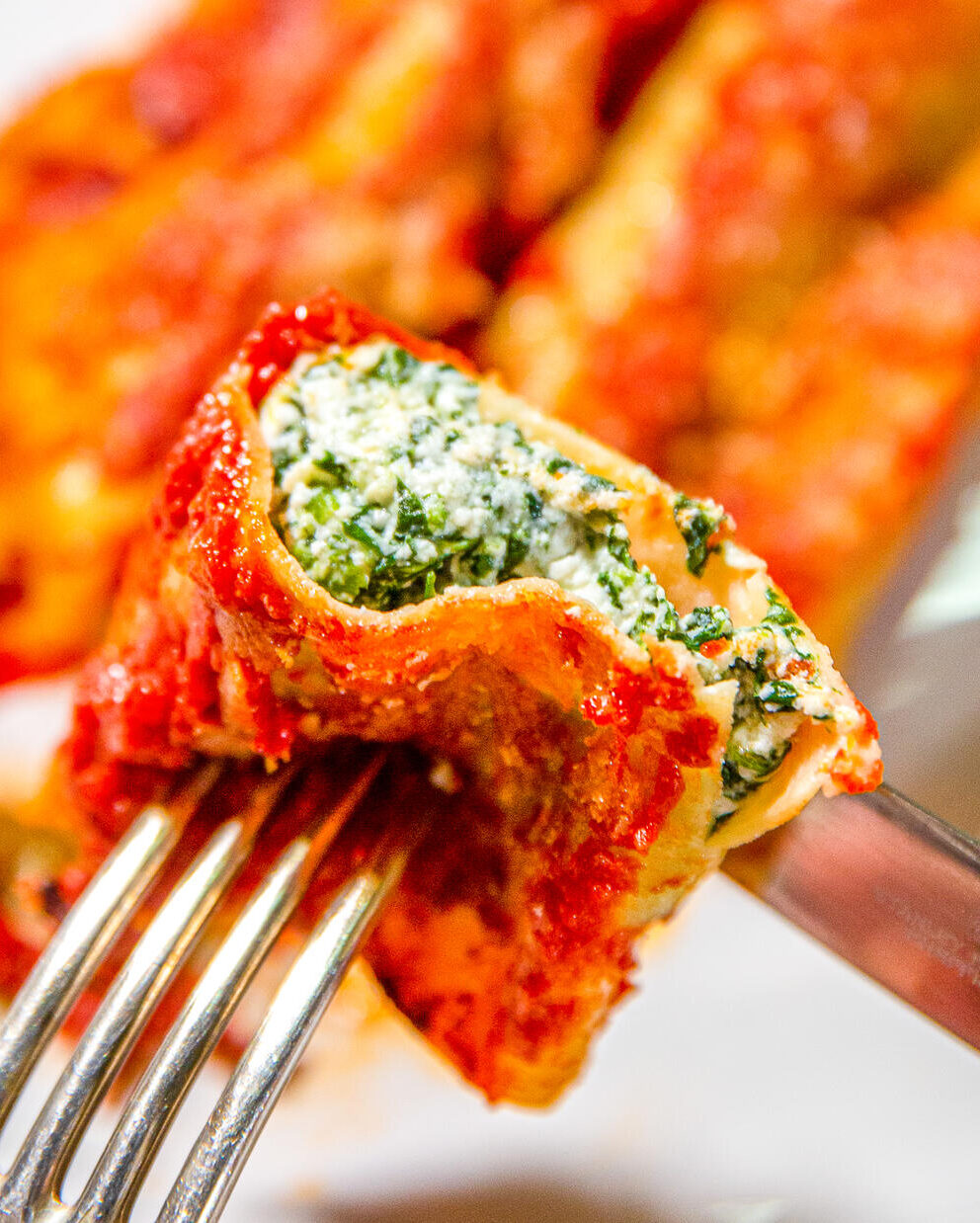
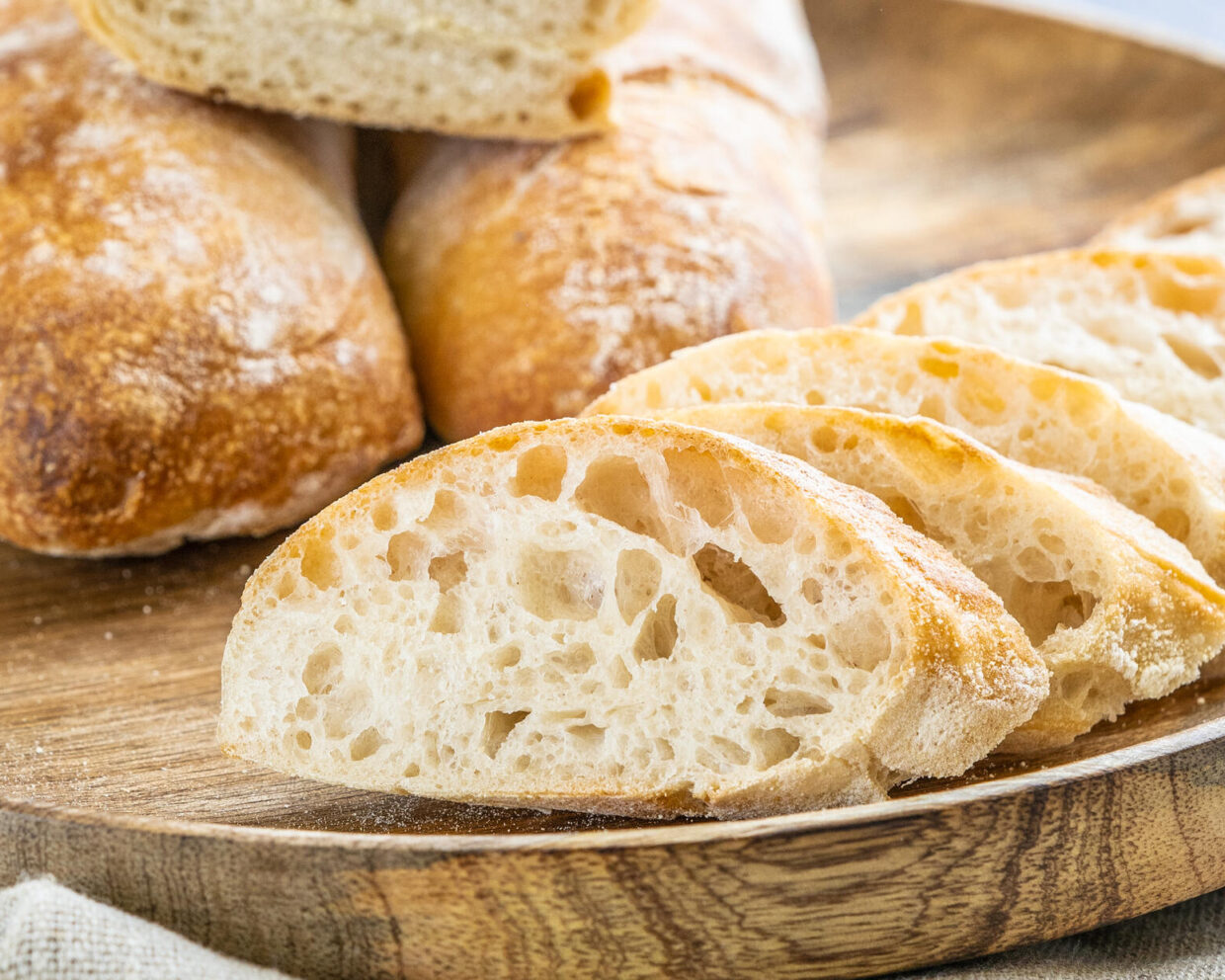
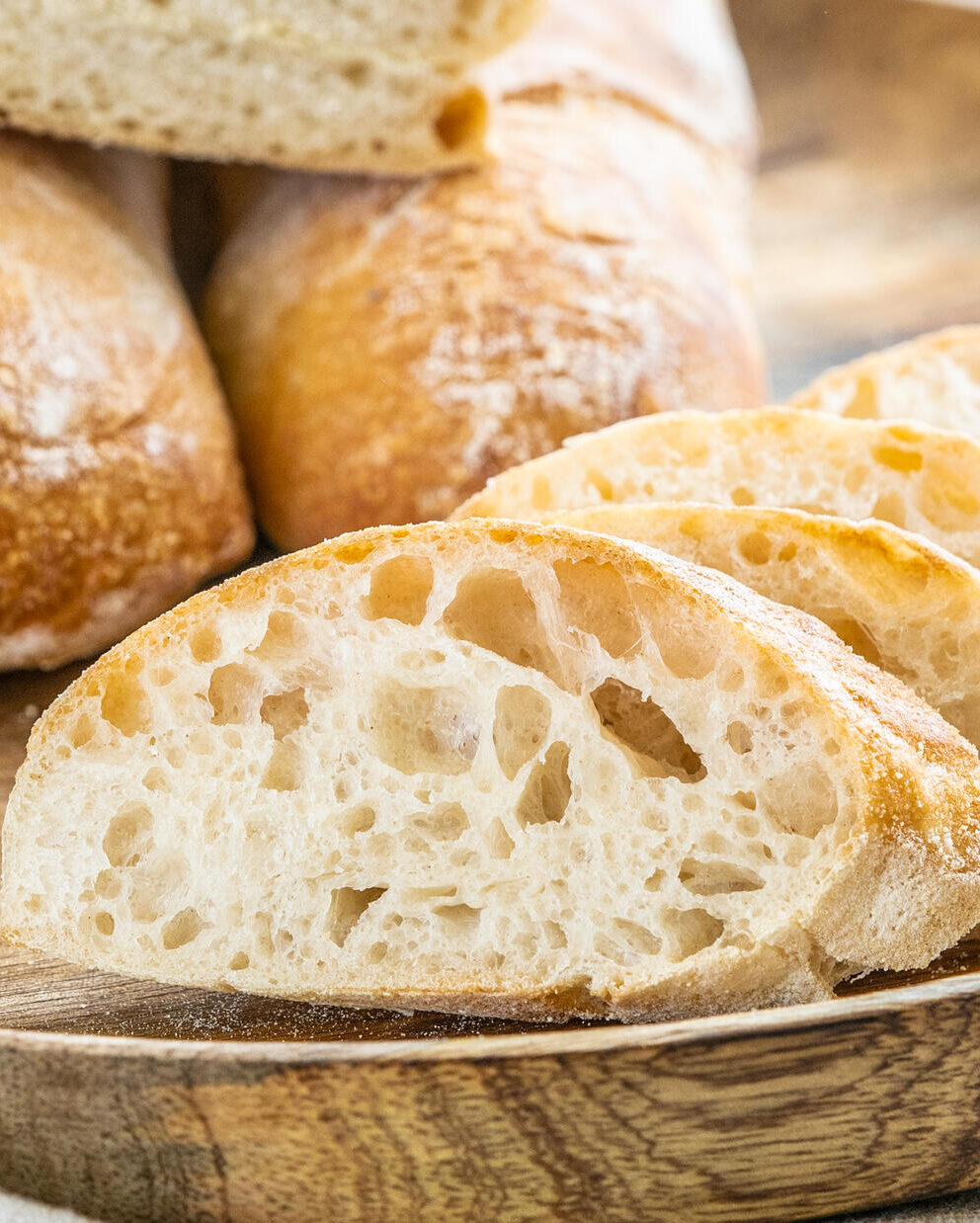
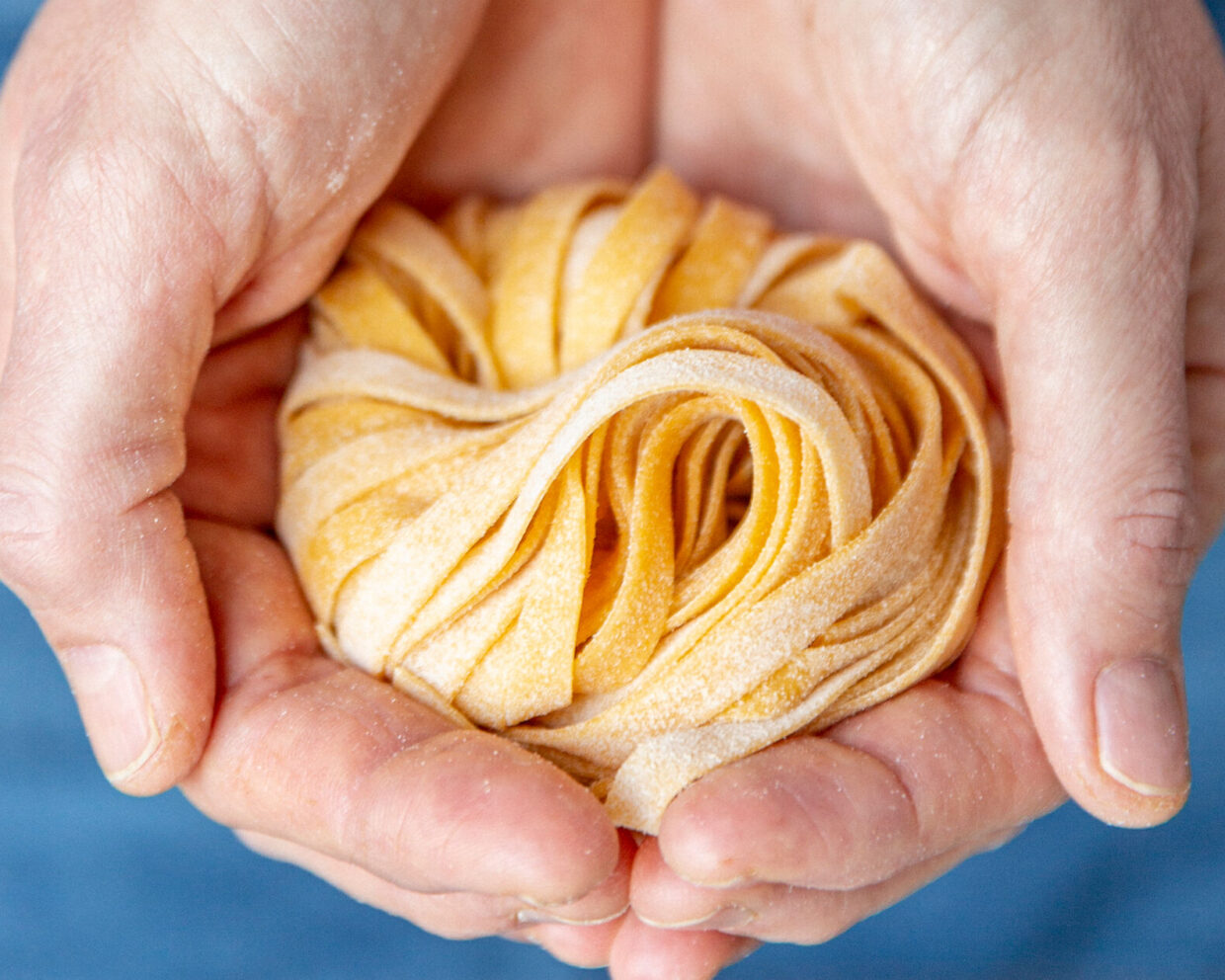
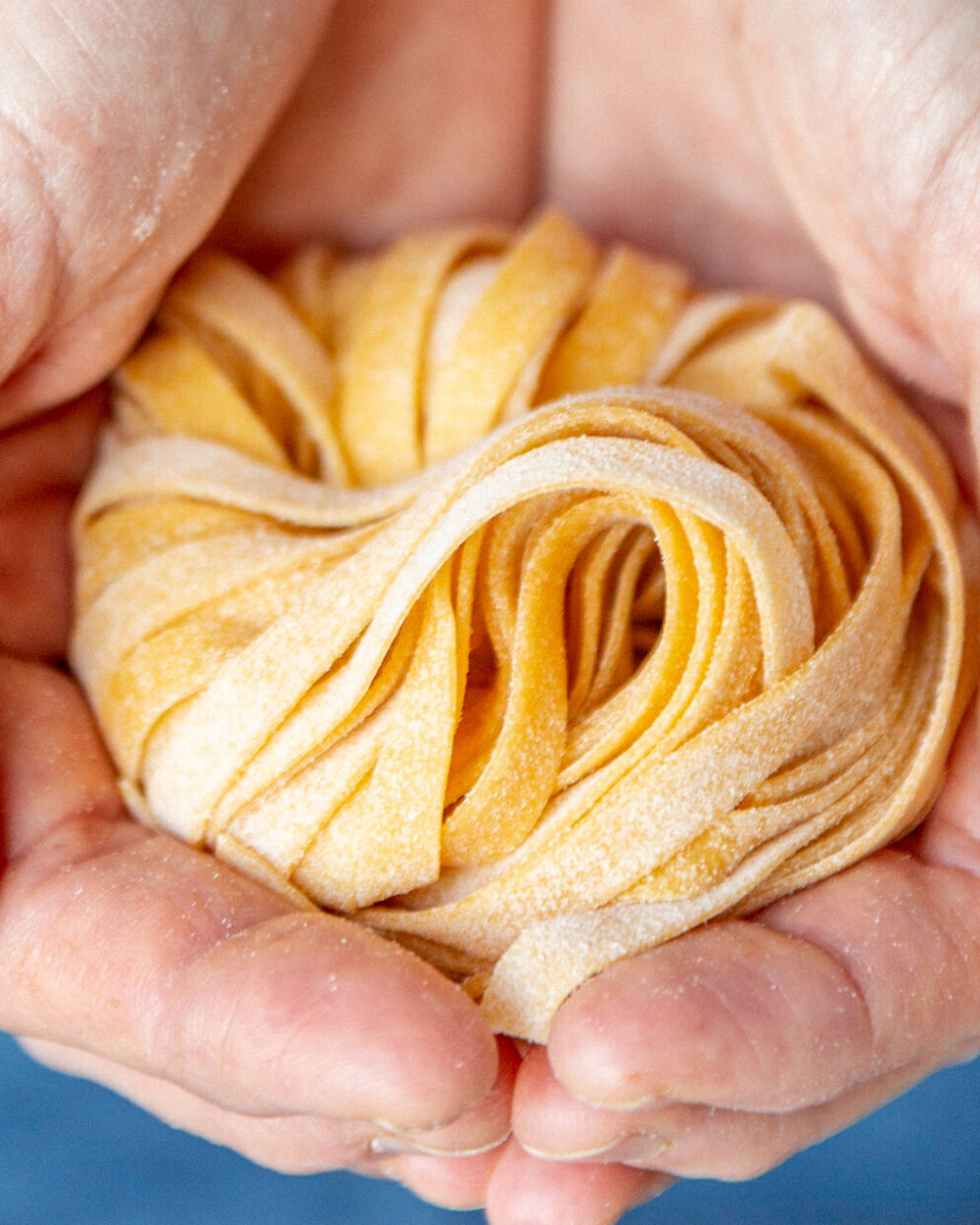
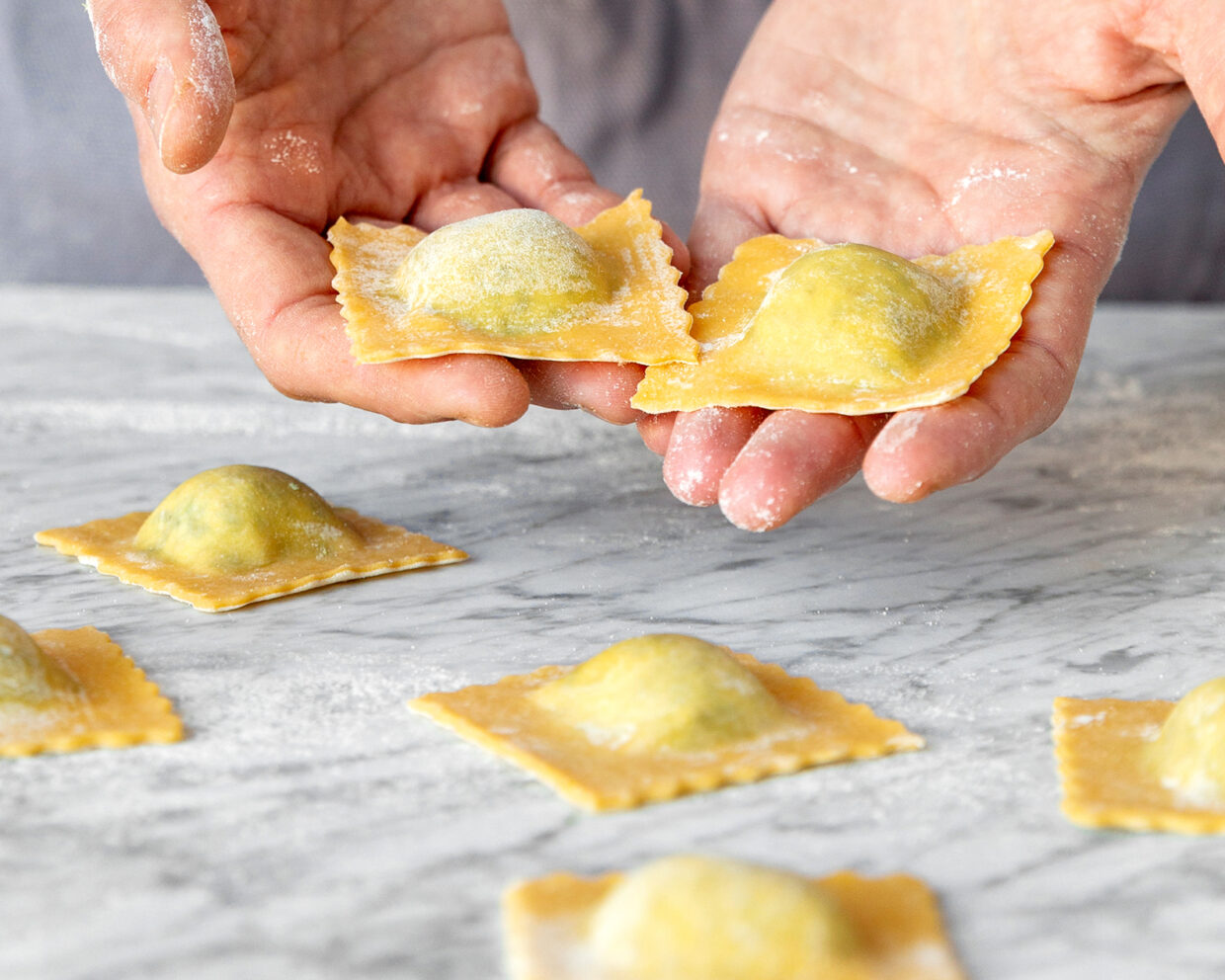
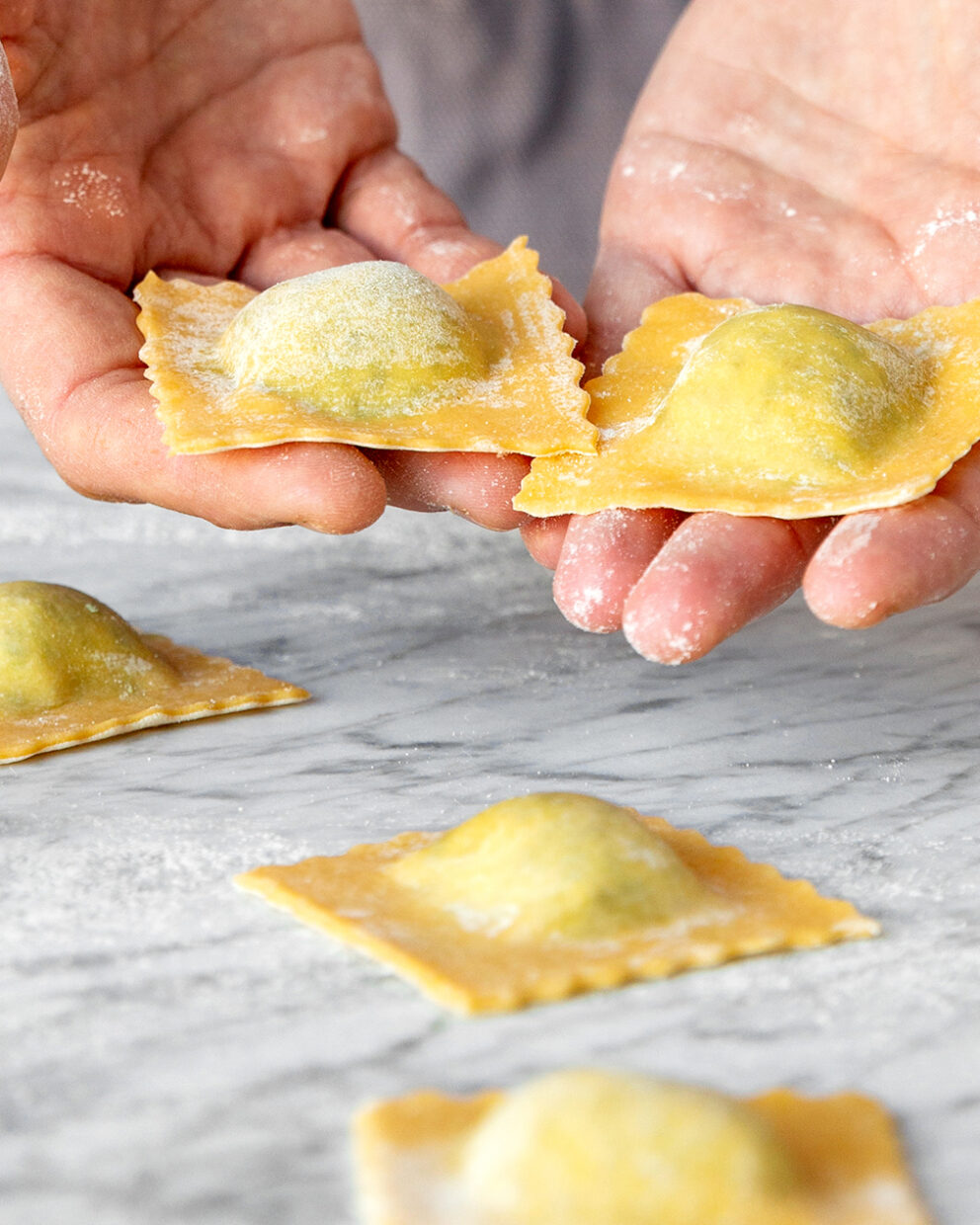
Want to share your thoughts? We're excited to hear what you think of the article. Tell us about your ideas, tips or questions! Leave a comment and share your knowledge with the community. Your opinion counts.
Write a comment